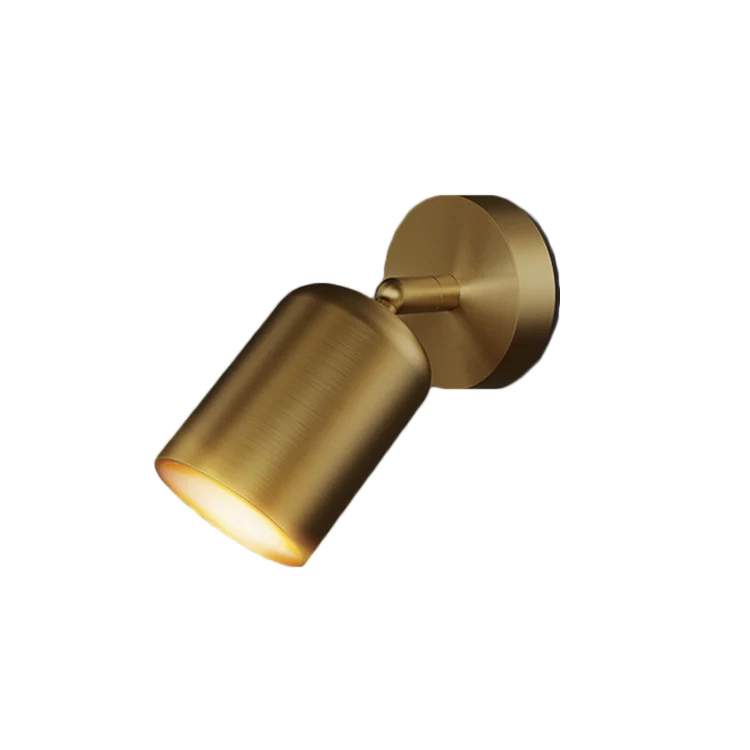LEAFLETS
PRODUCTS
Table Lamp Style Inspiration
Historical Influences: A Journey Through Time
The evolution of table lamp design mirrors broader shifts in artistic movements and technological advancements. Early table lamps, often oil-fueled or candle-lit, were primarily functional, prioritizing practicality over aesthetics. Their designs were often simple and utilitarian, reflecting the limited materials and manufacturing techniques of the era. The Victorian era witnessed a surge in elaborate table lamps, often featuring ornate bases crafted from materials like bronze, porcelain, and richly carved wood. These pieces reflected the opulent tastes of the time, incorporating intricate detailing and luxurious materials.
The Art Deco movement of the 1920s and 30s ushered in a new era of streamlined elegance. Geometric shapes, bold colors, and luxurious materials like chrome and lacquer characterized Art Deco table lamps. These designs were characterized by their sophisticated simplicity and often featured stepped bases and geometric shades. In contrast, the mid-century modern era embraced minimalist aesthetics, with clean lines, simple forms, and a focus on functionality. Materials like brushed brass and teak were favored, creating lamps that were both stylish and understated.
Contemporary table lamp design continues to draw inspiration from past styles while embracing new technologies and materials. We see a blending of historical influences with innovative techniques, resulting in lamps that are both timeless and contemporary. This eclectic mix provides a vast range of options for today's homeowners, catering to diverse tastes and styles.
Material Matters: Exploring Diverse Textures and Finishes
The material of a table lamp significantly impacts its overall aesthetic. Metal lamps, crafted from materials like brass, copper, iron, or steel, offer a range of finishes, from polished chrome to brushed nickel to antique bronze. Metal lamps can lend a modern, industrial, or even rustic feel depending on the finish and design. The weight and heft of a metal lamp contribute to its presence in a room.
Ceramic lamps offer a warmer, more tactile experience. Their surfaces can be glazed in a variety of colors and finishes, from sleek and minimalist to richly textured and ornate. Ceramic lamps can bring a touch of elegance, whimsy, or even a rustic charm, depending on the design and finish. They can be found in a myriad of styles, from simple, geometric forms to intricate, handcrafted designs.
Wooden table lamps introduce natural warmth and texture to a space. The grain and color of the wood can significantly influence the overall feel of the lamp. Wood lamps can be paired with various shades and styles to create a rustic, traditional, or even modern aesthetic. The choice of wood—from light oak to dark walnut—affects both the color palette and the overall feel of the room.
Glass and crystal lamps exude elegance and sophistication. The translucence of glass allows light to diffuse beautifully, creating a soft and ambient glow. Crystal lamps, with their intricate cut and polished surfaces, add a touch of luxury and glamour. These materials are often used in more formal settings or rooms where a touch of sparkle is desired.
Style Considerations: From Traditional to Contemporary
The style of your table lamp should complement the overall aesthetic of your room. Traditional styles often feature ornate bases, intricate detailing, and classic silhouettes. These lamps can be made from materials like wood, ceramic, or metal and may incorporate elements from historical design periods such as Victorian, Georgian, or even Art Deco, depending on the specific design.
Modern and contemporary table lamps prioritize clean lines, simple forms, and minimalist designs. These lamps often feature sleek materials like metal, glass, or acrylic and may incorporate bold colors or unusual shapes. They are often characterized by their functionality and uncluttered aesthetic.
Transitional styles bridge the gap between traditional and contemporary aesthetics. They incorporate elements of both styles, resulting in lamps that are both elegant and modern. Transitional lamps often feature a blend of materials and designs, creating a balance between classic and contemporary influences.
Rustic styles are characterized by their natural materials and handcrafted feel. These lamps often feature wood, metal, or stone and may incorporate elements such as distressed finishes or weathered textures. Rustic lamps can add a sense of warmth and comfort to a room and complement other elements of a space with similar themes.
Shade Selection: Completing the Design
The shade plays a crucial role in the overall aesthetic and functionality of a table lamp. The shape, size, and material of the shade all impact how the light is diffused and the overall look of the lamp. Drum shades provide even light distribution, while empire shades offer a more focused beam. Bell shades offer a traditional touch while conical shades provide a more modern look. The material of the shade—linen, silk, paper, or even metal—can also significantly impact the style and mood of the lamp.
Consider the size of the shade in relation to the base. A properly proportioned shade will complement the base without overwhelming it. The color of the shade is equally important, affecting both the light emitted and the overall aesthetic of the room. A darker shade can create a more intimate atmosphere, while a lighter shade will brighten the space. Ultimately, choosing the right shade helps to complete the design, creating a cohesive and stylish statement piece for your home.
In conclusion, selecting the perfect table lamp involves considering a multitude of factors, from historical influences and material choices to style preferences and shade selection. By carefully considering these elements, you can choose a table lamp that not only provides functional lighting but also serves as a beautiful and expressive piece of décor, enhancing the ambiance and reflecting your personal style.
SUBSCRIBE
INQUIRY










